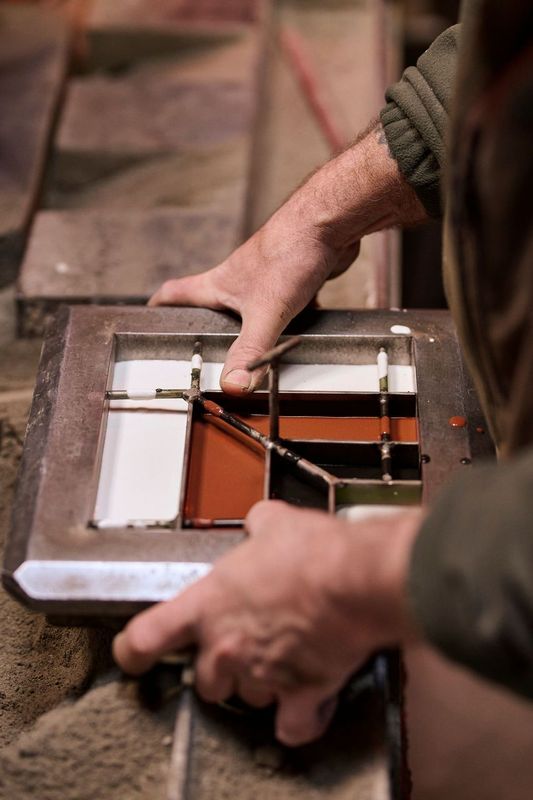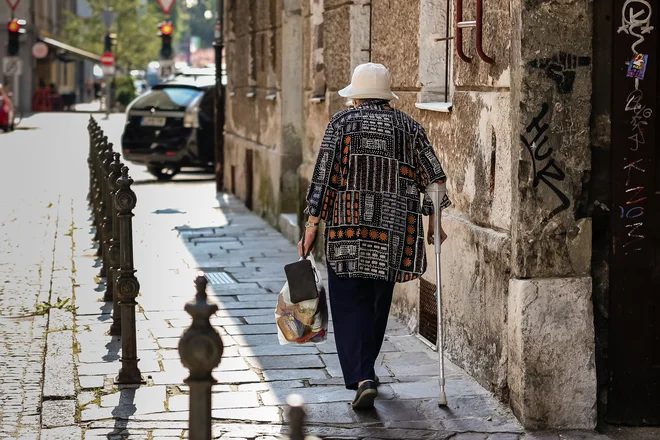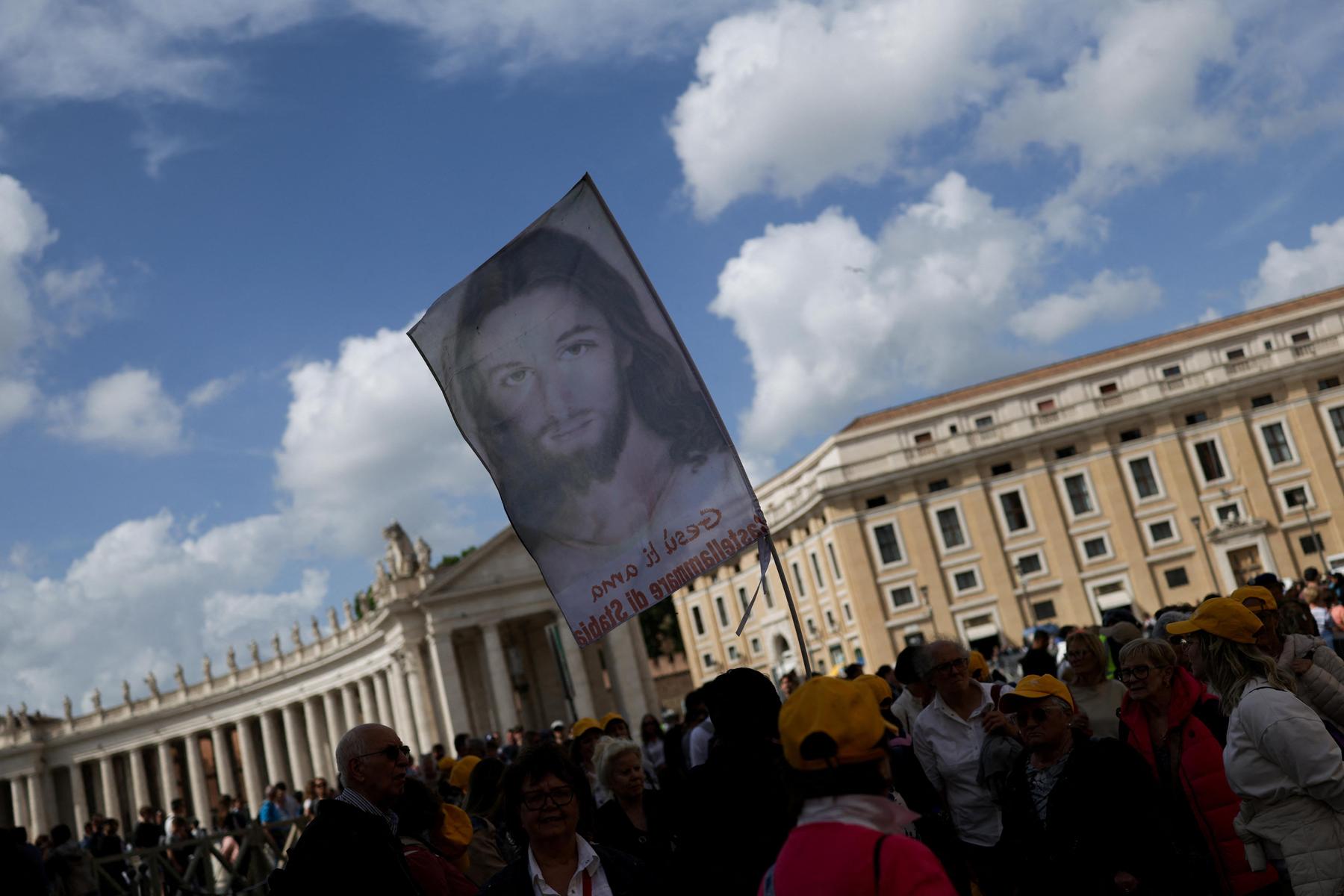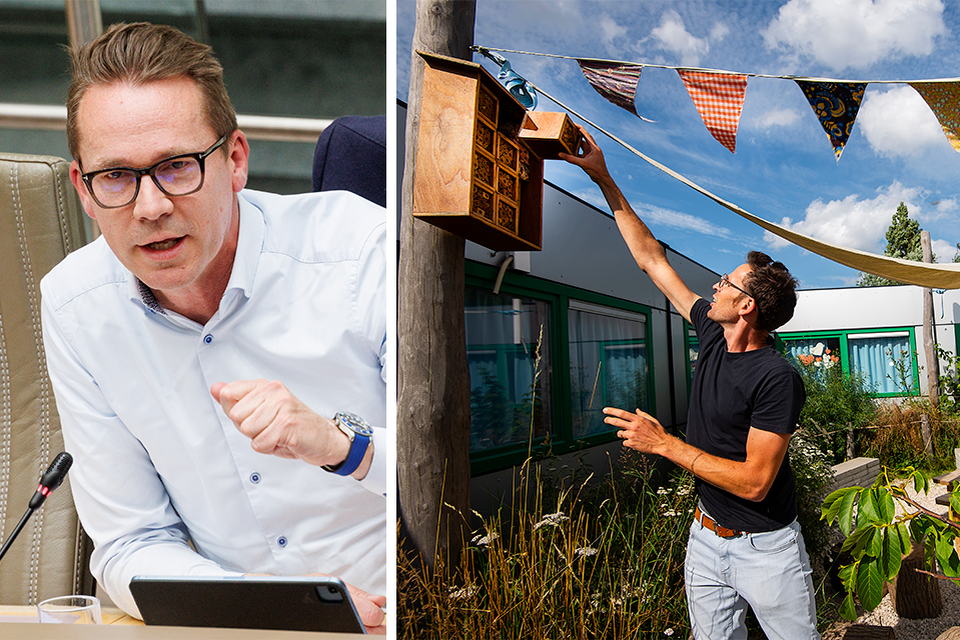Diet, vices and diseases of the poor in the 17th century Milan. What reveals the study of the bones found in the tomb
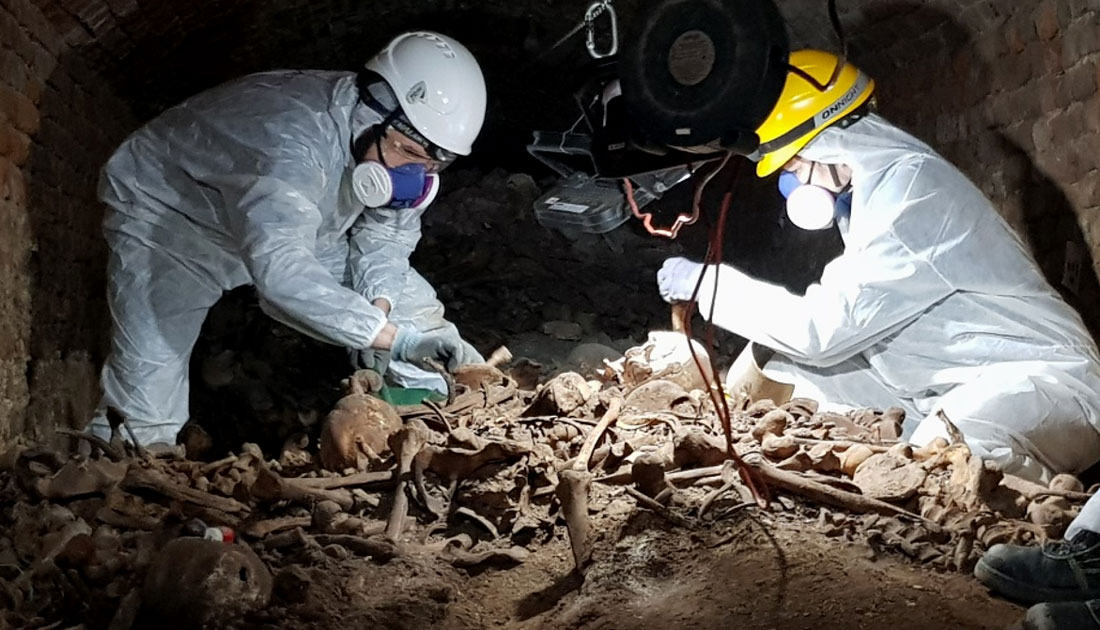
Thousands of bodies kept under the Church of the Polyclinic of Milan offer a picture of the pathologies of the inhabitants of the city in the past centuries and how they fed. The results (just published) of a study that lasted years
Throughout their university career thousands of those who are now doctors and all the others who have attended the State University of Milan and then become biologists or veterinarians, chemicals or physicals, etc. they passed through it without knowing what the magazine Science he told Recently in an article of six pages that tears one veil out of 400 years of history of the Lombard capital And of Italian history by providing unpublished data of anthropology, botany, genetics, toxicology and ethnomicine.
The tomb
Within the external walls of the University, in front of the city hospital wanted in 1456 by Francesco Sforza as Spedale di Poori And today I know how Ca ‘Granda Foundation Maggiore Policlinico Hospital And that people simply call Polyclinic, stand the Church of the SS. Blessed Virgin announced which also had a burialtare for patients who were unable to overcome the hospital stay and were not claimed by anyone.
It was used for sixty years, from 1637 to 1697, and then remained sealed, except for fleeting intrusions during the five days of Milan or the bombings of the Second World War, until 2009 When the Ca ‘Granda Foundation decided to restore and restore it.
Two years of study
Given the good state of conservation of the finds detected during the works, from 2018 to 2021 the laboratory of anthropology and forensic dentology of the Labanof Legal Medidicin of the Department of Biomedical Sciences of the University has undertaken Two study campaigns On the remains to see if they could help to better understand the history of the city and its inhabitants in the different eras seeking parallels or differences compared to today.
The Labanof founded the Musa two years ago, that is, the university museum of anthropological, medical and forensic sciences of Città Studi for which over 2,600 remains suitable for anthropological study were recovered in the tomb.
From the thesis to Science
To tell this incredible scientific adventure to the editors of Science were, among the other protagonists, Mirko Mattia graduated in ’21 with the thesis « Four hundred years of Milan history read on the remains of its inhabitants. Recovery and study of the archaeological and human heritage of the burgine of the Ca ‘Granda « and its correlator Cristina Cattaneoordinary of forensic medicine at the Milanese University, director of Labanof and from 2017 Commendatore della Repubblica for the work of identification still under the thousand migrants who died in the tragic shipwreck of 2015 off the coast of Sicily.
The population of that time
The « Spedale of the poor » founded by the Sforza was the only one in Italy to hospitalize patients based on the low income rather than religious filction such as the other hospitals born to thousands in the Middle Ages under the aegis of monks, nuns and other religious orders.
So the Milanese researchers found themselves a population selected at the start and were able to focus on the characteristics of the Middle-Basso class of Milan, then prevalent. Most of the remains are attributable to subjects with aage of 13-19 years which, unlike today, at that time appears the most represented one.
Diseases
The most frequent diseases to which modern medicine techniques allow to trace the signs left on the skeleton are borne by the thoracic and lumbar vertebrae and they are degenerative character, witnessing a tendency to chronic efforts and WORK WORKS. It also came from America the syphilis detected in advanced form in the skulls of males of about 20 years and women between 16 and 20. There was also the tuberculosis And from the ancient registers of the hospital it appears that these patients were kept separate from the others with distinct toilets, highlighting an awareness of the contagion that in an era without vaccines or antibiotics had led to a turning point in terms of hygiene with medical goals we still benefit from.
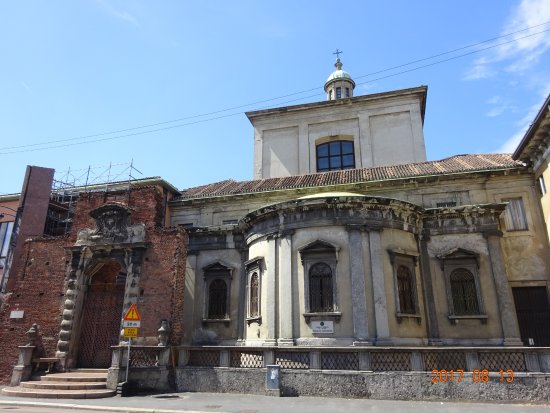
Diet and drugs
At the dental level there are above all caries, tartar and wear who denounce poor oral hygiene. The fossilized plaque provided clues about their diet: they ate for example potatoes Indicating how the new world plants were starting to change the European diet.
But various drugs such as coca had already arrived from the Americas and perhaps this is the oldest feedback of the use of coca leaves in Europe.
Very probably the drug was used not so much for recreational purposes as today, but rather To quell fatigue And the hunger of a population chronically afflicted by malnutrition. The repeated famines of the early 1600s and the plague epidemic of 1630 which decimated almost half of the Milanese destroying the economy: the health levels of the patients of the Ca ‘Granda were worse than those who lived only a few centuries before, in the Middle Ages.
Poverty
Other food residues testify to the levels of shortage in which they lived: spores were found horsetaila plant similar to the rush known as Horse tail grasswhich we know today with anti -inflammatory, diuretic and mineralizing properties because it is rich in silicon. Then used to clean the papers was eaten in the periods of famine: «The sources speak of women Hunger death with the green mouth because they ate grass », Mattia reported to the editors of Science. « Now we have found that grass. «
No risotto and polenta
Among the other foods of the diet of that time, especially minor cereals, in particular: barley, rye, spelled and tender wheat. Less present legumes, especially lentils, beans, beans and chickpeas. Even less represented were sorghum, oats, durum wheat, mile, as well as peas, chestnuts and buckwheat.
TO be missing they were foods in those days already arrived in Florence and Venice as the rice and corn Today very dear to the Milanese and from which the famous Milanese risotto and the polenta with which they would later have earned the nickname of Polentun.

